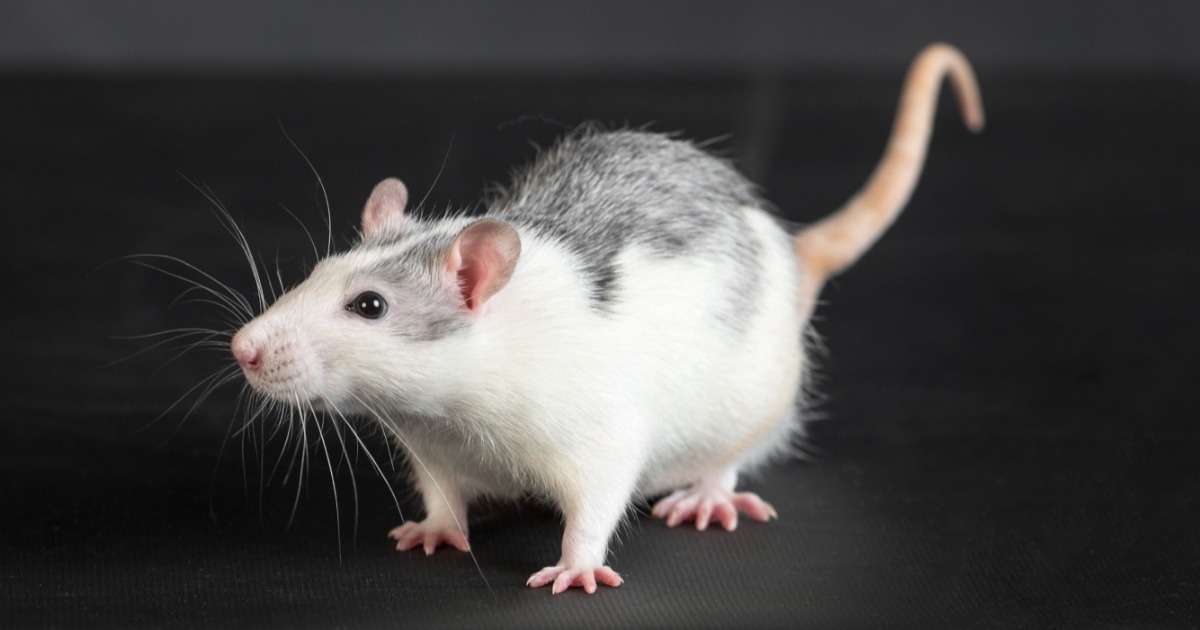
Why it doesn’t seem fair to prefer male mice in behavioral studies
Most behavioral studies using mice, use male mice only. That is because most researchers fear hormones get in the way; estrous cycles might cause data variability. But is this justified, as many diseases affect men and women differently?
At the Wolfer lab at the Institute of Anatomy from the University of Zurich in Switzerland, they were pondering the same question, so they surveyed 100 water maze publications from 2016 on PubMed. Most studies used just males, only 12% included both sexes.
Why exclude females?
One common apprehension of researchers is variability in data. Chances of this happening in females, they assume, are higher because of their estrous cycle. That’s the theory.
This theory is disproved in at least one study Ann-Kristina Fritz and her colleagues found, which focused on pain sensitivity. This retrospective analysis (Mogil and Chanda, 2005) in almost 8000 mice showed that data were equally reliable regardless of estrous phase. This study also showed significant differences in males and females.
Why include females?
That’s just it: most nervous system diseases affect men and women differently. This might be the most important argument to favor including female mice in certain studies.
New retrospective study
There are not many studies similar to the one from Mogil and Chanda. Having a large amount of data available from past water maze and open field tests at the Wolfer lab, Fritz and her colleagues had the opportunity to perform a new large retrospective analysis.
To investigate male and female data differences for memory, learning, exploration, and anxiety-related parameters, data from 1991 to 2016 were analyzed. The last ten years’ worth of data were collected with EthoVision XT video tracking software.
Determining variation in data
To compare variability in data between male and female test results, the coefficient of variation was calculated. Some differences in variability were detected, but not necessarily in favor of male mice. For example, while swim speed in water maze tests was more variable in female mice, male mice showed more variability when it came to probe trial error.
Males vs females
Data also revealed differences in scores (performance) between male and female mice for these specific tests (water maze place navigation trials, water maze probe trials, and open field tests), but none reached statistical significance.
Gender equality
Fritz and her colleagues showed that, at least in water maze and open field tests, there is no significant support for excluding females in these types of experiments. So especially for disorders that (might) affect men and women differently, it is worthwhile to carefully consider choosing males, females, or both for a specific study.

References
- Fritz, A.K.; Amrein, I.; Wolfer, D.P. (2017). Similar reliability and equivalent performance of female and male mice in the open field and water-maze place navigation task.American Journal of Medical Genetics. Part C, Seminars in Medical Genetics. doi: 10.1002/ajmg.c.31565.
- Mogil, J.S.; Chanda, M.L. (2005). The case for the inclusion of female subjects in basic science studies of pain. Pain, 117(1-2), 1-5.
Get the latest blog posts delivered to your inbox - every 15th of the month
more

The use of video tracking in a HaXha test
When you get used to something, after a while you might not notice it anymore. Like a sent. The lab of Justus Verhagen investigated sniffing behavior with video tracking.
Many ways to measure behavior
So what kind of behavior can you measure? We haven't had time to follow all five behavior research tracks but here are a few highlights of the first conference day.

